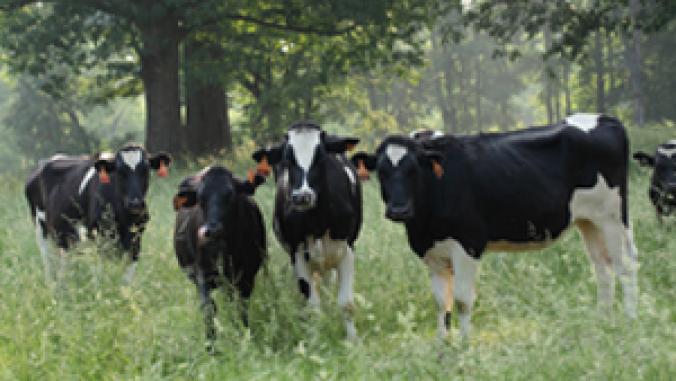Turning Wastewater Sludge Green
The city of Sanford, Fla., has found a new way to deal with its never-ending stream of wastewater sludge: converting it into renewable energy.

In a project being billed as the first of its kind, the city of Sanford, Fla., has found a new way to deal with its never-ending stream of wastewater sludge: converting it into renewable energy.
The city's South Water Resource Center removes moisture from treated wastewater sludge in a dryer powered by natural gas. The dried biosolids are then hauled offsite for disposal. A gasification system being fired up for the first time next week will turn that treated sludge into thermal energy, which will replace the natural gas used to power the sludge dryer.
The system closes the loop in the facility's treatment process, but will also save the city north of Orlando big bucks in sludge disposal and natural gas costs. The Sanford Herald reported the savings could exceed $8 million over the life of the project's 20-year contract in avoided natural gas expense alone.
The gasification facility is one of several waste-to-energy projects underway in the Sunshine State from MaxWest Environmental Systems. The Texas-based company received a $2.5 million grant from the Florida Energy and Climate Commission earlier this year to build and operate a Marion County gasification facility with the Florida Thoroughbred Breeders' and Owners' Association.
The central Florida county's 431 Thoroughbred breeding and training farms and 70,000 acres of pastureland have earned the area the title of "Horse Capital of the World." Those 35,000 horses, however, generate loads of waste that can contaminate groundwater and carry a big price tag for disposal.
The MaxWest project will process 100,000 tons of combined horse manure, stall and wood waste into 10.5 megawatts of electricity every year.
The city's South Water Resource Center removes moisture from treated wastewater sludge in a dryer powered by natural gas. The dried biosolids are then hauled offsite for disposal. A gasification system being fired up for the first time next week will turn that treated sludge into thermal energy, which will replace the natural gas used to power the sludge dryer.
The system closes the loop in the facility's treatment process, but will also save the city north of Orlando big bucks in sludge disposal and natural gas costs. The Sanford Herald reported the savings could exceed $8 million over the life of the project's 20-year contract in avoided natural gas expense alone.
 |
The gasification facility is one of several waste-to-energy projects underway in the Sunshine State from MaxWest Environmental Systems. The Texas-based company received a $2.5 million grant from the Florida Energy and Climate Commission earlier this year to build and operate a Marion County gasification facility with the Florida Thoroughbred Breeders' and Owners' Association.
The central Florida county's 431 Thoroughbred breeding and training farms and 70,000 acres of pastureland have earned the area the title of "Horse Capital of the World." Those 35,000 horses, however, generate loads of waste that can contaminate groundwater and carry a big price tag for disposal.
The MaxWest project will process 100,000 tons of combined horse manure, stall and wood waste into 10.5 megawatts of electricity every year.





